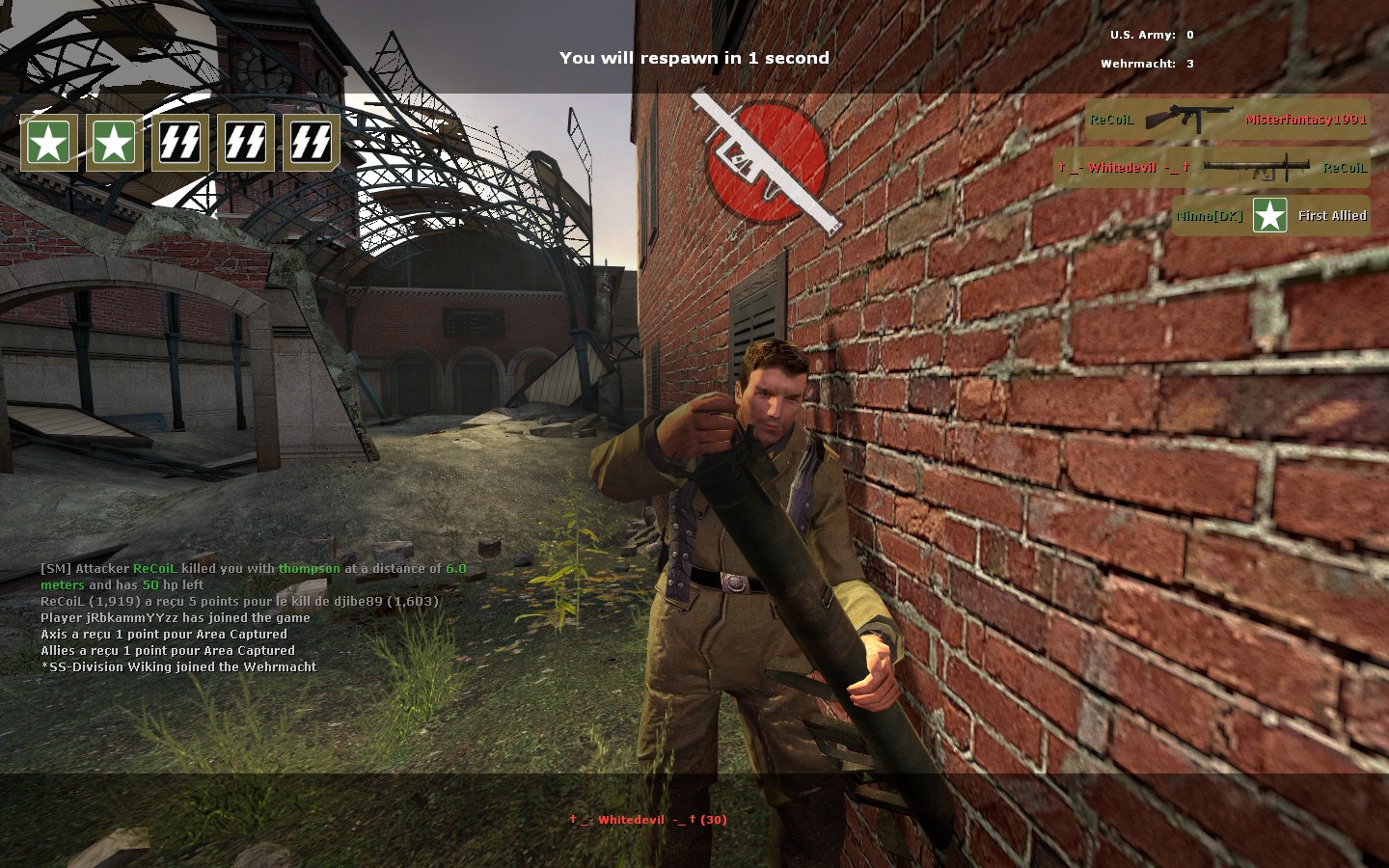


While Ukraine is absorbing and training on Western hardware, it is also trying to fight a war with Soviet-era armor, scouring the world for large-caliber munitions and spare parts. One Ukrainian soldier appeared on television last week and said: “We need shells, shells, and, once again, shells.”

During a CNN team’s two-week tour of frontline positions, one refrain echoed time and again: “We need shells.” Alexey Furman/Getty Imagesīut on this first anniversary of the Russian invasion Ukraine has more pressing needs than main battle tanks. But the numbers are unclear – ranging from a few dozen to 300 – and even with a following wind the first won’t be in the field until April, and must then be integrated into combined formation battle groups, ready to take the fight to the enemy.Ī Ukrainian soldier waves his country's national flag while standing on top of an armored personnel carrier last April in Hostomel. Leopard 2s, Challengers and Abrams M-1s have been earmarked for Ukraine and are vastly superior to the Russian main battle tanks. The latest iteration of this gap is the scramble to provide tanks after months of obfuscation. The difference between yesterday and tomorrow is the lives of our people.” As one Ukrainian official told CNN this month, “We need help yesterday and we are promised it tomorrow. Real-time intelligence collection and fusion (supported by NATO), was integrated, creating a battlefield where Ukrainian units detected targets more quickly than the cumbersome Russian force.Īir defense systems have blunted Russian missile and drone barrages and discouraged its air force from conducting missions directly over Ukrainian airspace.īut there has been a regular, and costly, lag between what the Ukrainians badly need and when it gets delivered. Later came pinpoint accurate HIMARS multi-launch rocket systems, long-range artillery from France, Poland and elsewhere, that enabled Ukraine to degrade Russian command posts, ammunition stores, and fuel depots. To start with, it was British and US anti-tank weapons and Turkish attack drones that helped halt the Russian drive toward Kyiv by hammering the flanks of exposed columns, ambushing vulnerable points along their telegraphed avenues of approach. The Ukrainians’ agility has been reinforced by infusions of Western hardware, much of it a generation better than Russian armor. Moscow described the redeployment as a “goodwill gesture.” But it was the first of many overhauls to Russia’s battle plans, exemplified by the regular changes of command and the equally regular wringing of hands among the military bloggers. One month later the Russian column that straggled along highways north of Kyiv withdrew, as did battalions to the east of the capital. This action underscored Zelensky’s determination (“ I need ammunition, not a ride,” he said as he rejected an offer from the United States of evacuation from Kyiv), as did the defiance of a small detachment on Snake Island with their vernacular retort to a Russian warship, a gesture that became a national meme within hours. The Russian concept of operations, so confidently rehearsed on table tops, was crumbling in its first phase. The following night, Ukrainian special forces, supported by accurate artillery, penetrated the base, killed dozens of Russian paratroopers and disabled the runway. Perhaps one of the most impressive examples of Ukrainian agility came on the first day of the invasion, when a large Russian helicopter assault force seized an airfield on the outskirts of the capital Kyiv, threatening to turn it into a decisive bridge for the invading force to surge further reinforcements. In the process the Ukrainians have inflicted stunning losses on the Russian army, and laid bare the outmoded tactics, stale leadership and brittle morale of a force more impressive on parade than on the battlefield.īy contrast, Ukrainian units have proved nimble and adaptive, harnessing drone technology, decentralized command and smart operational planning to exploit their enemy’s systemic weaknesses.Īnd few would have bet that one year into this war, the vintage Ukrainian air force would still be flying. But for a year, the Ukrainian military has faced down a much larger force, rolling back the Russians’ initial gains in Kharkiv and Kherson, holding the line in the hotly contested Donbas region. Many analysts expected Ukrainian resistance to crumble in days. The words of Ukrainian President Volodymyr Zelensky hours after Vladimir Putin launched his full-scale invasion on February 24, 2022. “When you attack us, you will see our faces.


 0 kommentar(er)
0 kommentar(er)
